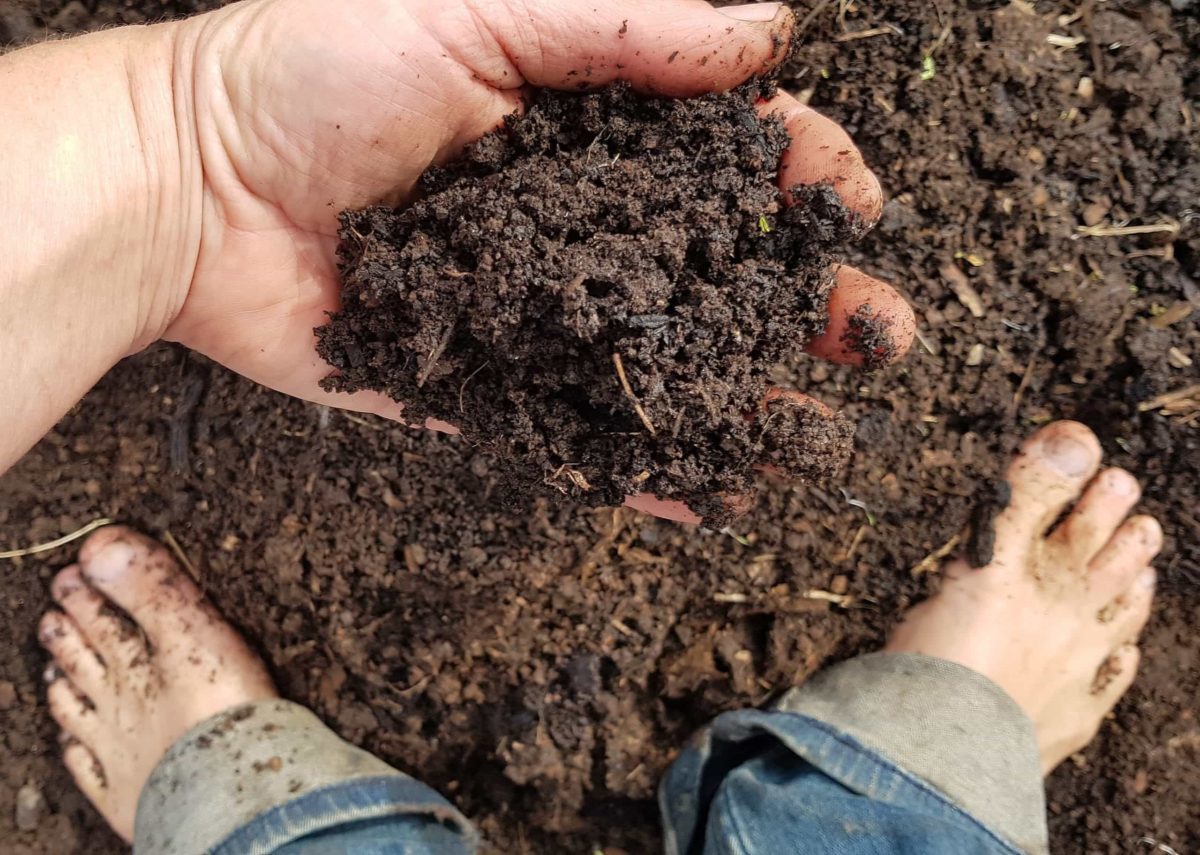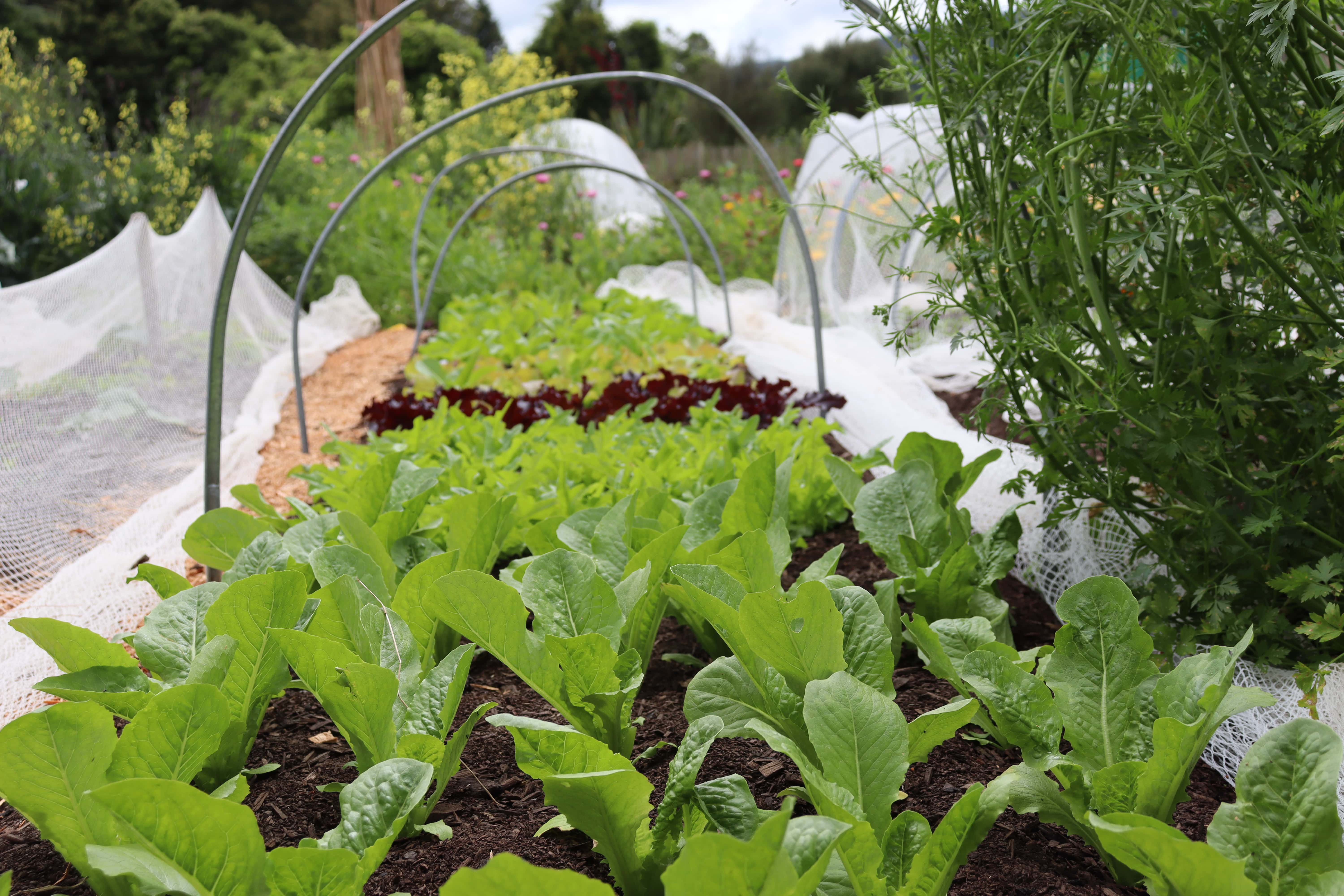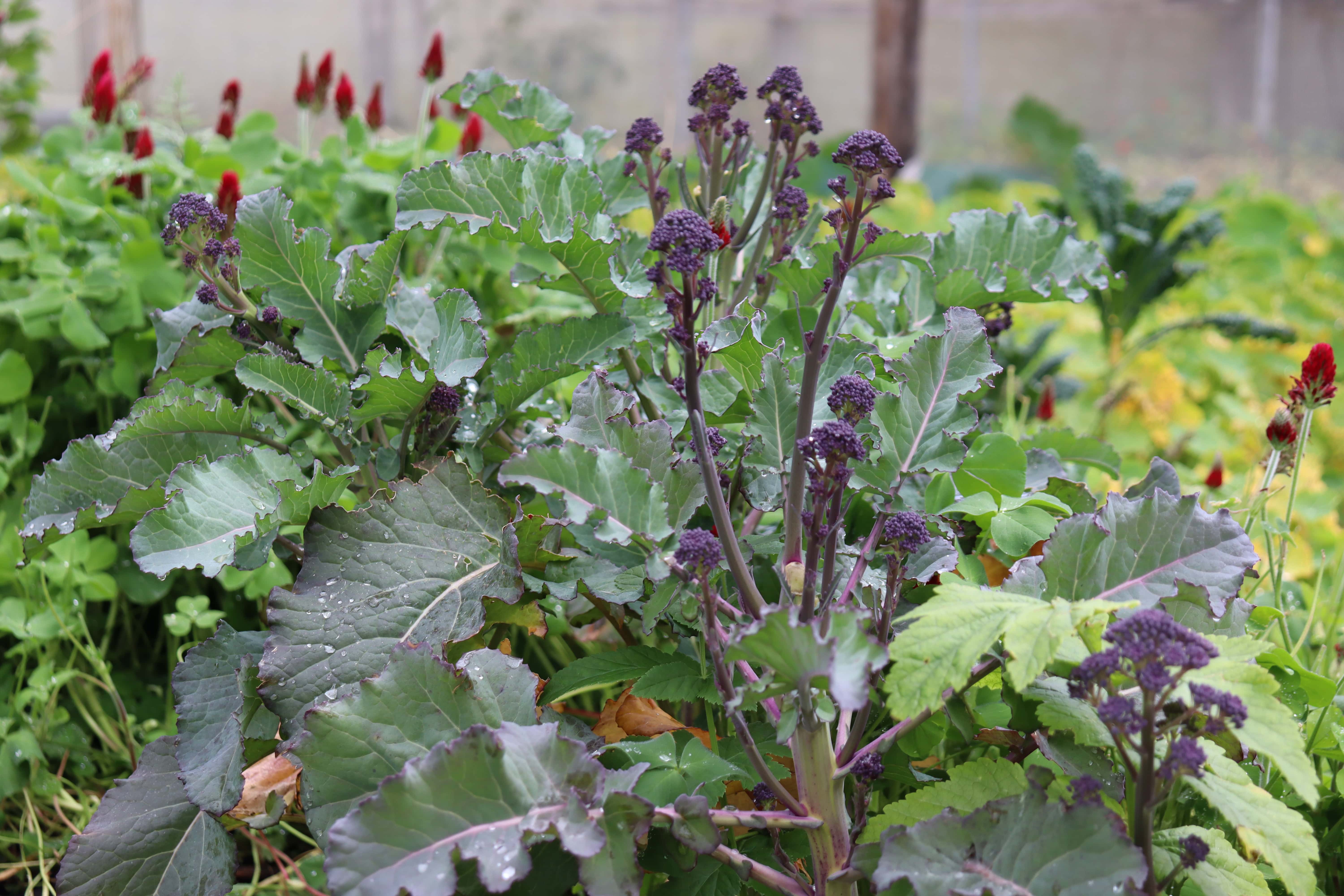How to Grow A Living Soil


The health of all life above ground - you, me and our crops included, rests on the shoulders of trillions of tiny organisms - bacteria, fungi, protozoa, nematodes et all. Though you cannot see them, you see their handiwork in the health of your soil, your crops + ultimately - your good self.
These microscopic critters are in constant motion maintaining the balance that is at the core of all life and wellness. The best thing we can do for our garden is focus on creating an environment that'll grow a diverse and vibrant community of soil life.
It's super simple and it works.
Here's How

- Be as diverse as you can in as many ways as you can - use a broad mixture of organic matter, grow a range of crops, varieties and companions, use animals if you can and plant in guilds.
- Don't dig. Unless you are on heavy clay, in which case aerating helps in the beginning.
- Promote life in new or unwell gardens with liquid, biological feeds. Use these as often as weekly or little as seasonally. Ease back when all is well and move on it when not - like a dance, not a rule. And if you are unsure, sit back and watch - which is I believe the best fertiliser of all.
- Feed with natural, simple kai like compost, seaweed, green waste, leaves and rotted manure. Use things that soil knows and understands. Gather organic matter (OM) as a regular thing so you always have some to hand. Avoid artificial fertilisers, like the plague.
- Plant trees and perennials in all your spare spaces. The root systems of perennials are hubs of soil life, a wellspring from which your annual garden springs.
Keeping the Balance
Below ground, there are trillions of moving parts, and yet leader-less they manage to move as one. They know that in order for the whole to function at optimum, every single. little. part. must function at optimum.
And so they share resources with whom ever needs it most, warning of + protecting each other from pest and disease, nourishing the weak and nurturing the young and dying gracefully as nourishment for the next generation.
Our role is to bear witness and as best we can, create the environment via all the ways we've talked about above. Watch how your garden responds to your gardening choices, and if you feel confused or unsure, stand back. Doing nothing is often far better than rushing in, guns blazing.
We are the support crew, not the main event. Oh the relief!
Breathe out, my friends.

